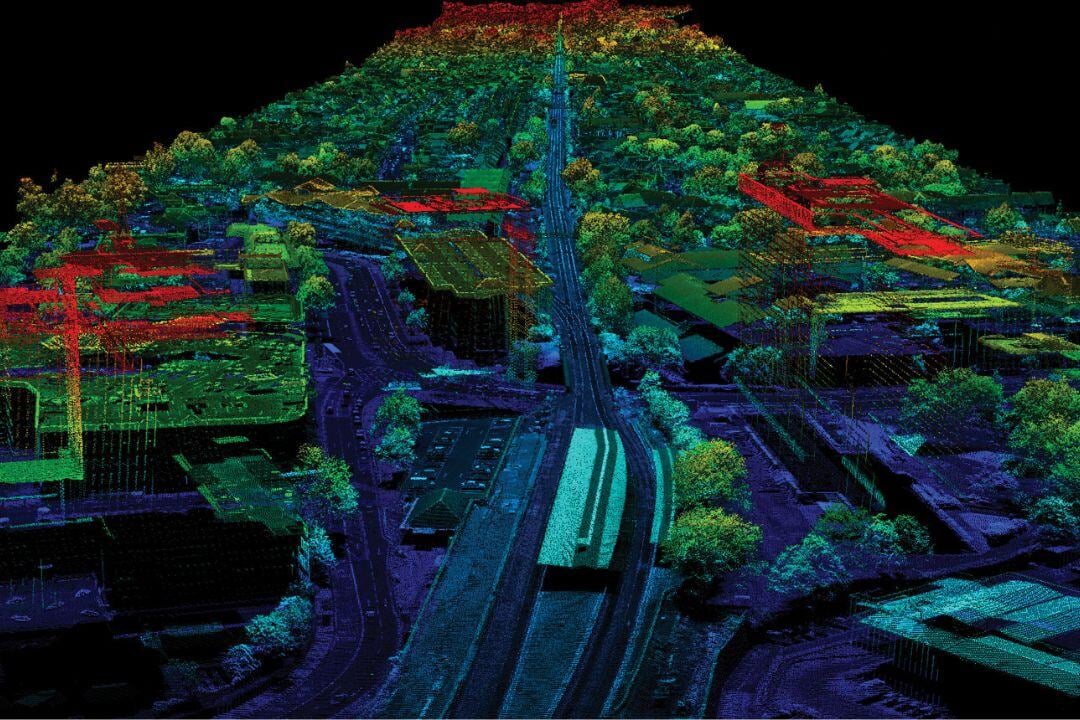Laser Scanning in Aviation
Airborne Laser Scanning (LiDAR) technology is a vital tool in aviation, enabling high-precision mapping, infrastructure assessments, and environmental monitoring. By emitting laser pulses to create detailed 3D models, LiDAR supports applications in terrain mapping, disaster response, and urban planning.
Fixed-wing aircraft cover large areas quickly, making them ideal for topographic surveys and watershed analysis, while helicopter-mounted LiDAR provides high-resolution, low-altitude scans for corridor mapping, powerline inspections, and infrastructure monitoring. When integrated with EO/IR or multispectral imaging, LiDAR enhances change detection and environmental analysis.
Despite challenges like weather dependency and complex data processing, LiDAR offers unmatched accuracy and efficiency, making it indispensable for surveying, emergency response, and infrastructure planning in modern aviation.

More about Technologies

EO/IR Sensors
Electro-Optical/Infrared (EO/IR) sensors are critical tools in aviation for enhancing situational awareness, surveillance, and mission performance.

Laser Scanners
Laser scanners, particularly airborne LiDAR (Light Detection and Ranging) systems, are essential tools in modern aviation for delivering high-precision 3D mapping and terrain analysis.

Datalinks
Datalinks are essential for real-time, secure communication in aviation, ensuring seamless data transfer between aircraft, ground stations, and command centers.

Aerial Drone Platforms
Aerial drone platforms for surveillance and mapping are advanced unmanned systems that offer high-precision data collection and real-time situational awareness.



